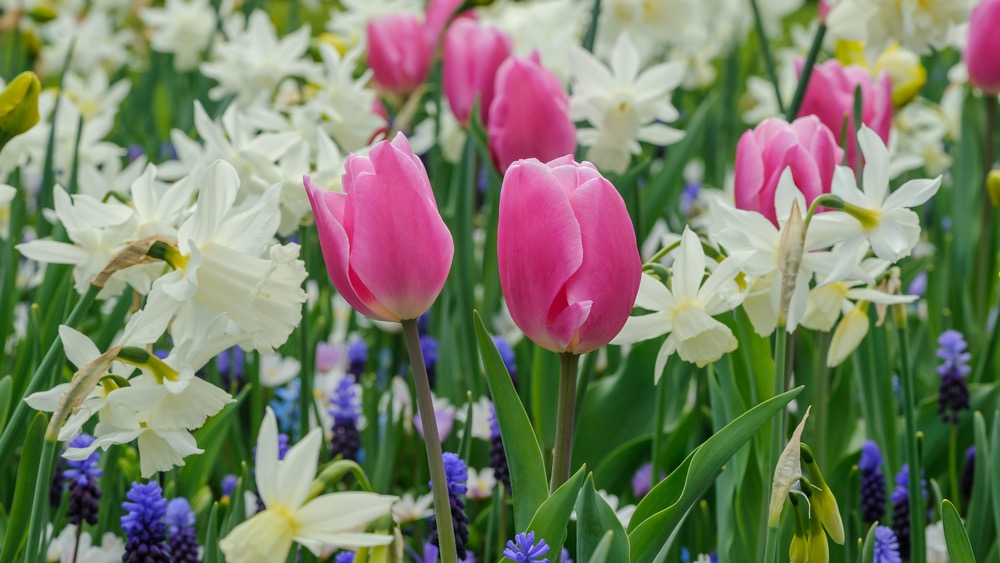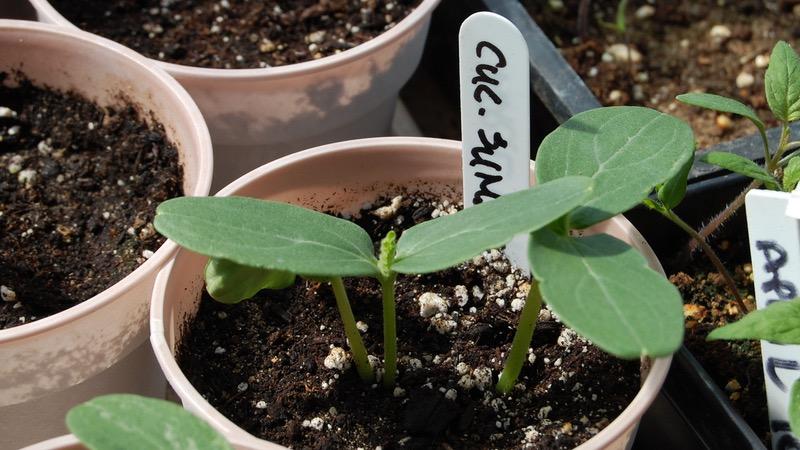There are spring bulbs and summer bulbs. Spring bulbs are planted in the fall, and “spring” refers
to when they bloom, like tulips, daffodils and fragrant hyacinths. Summer bulbs are planted in the spring, bloom in the summer, and include popular flowering plants like dahlias and gladiolas.
In September, the spring-flowering bulbs arrive at garden retailers. In Canada, the sale of these bulbs has increased in recent years. Unlike many plants available at garden retailers, the availability of spring-flowering bulbs depends on the one major shipment that arrives here from the Netherlands (mostly from the region of Holland) in August. There are seldom opportunities for Canadian retailers to reorder bulbs once they are sold out.
For this reason, it is always a good idea to shop in September, even if you do not intend to plant your bulbs until later in the fall season. Bulbs store well in a cool, dry and dark place — why the master marketers of bulbs in Holland call them “nature’s miracle.”
A bulb provides most of the nourishment that the plant needs to sustain growth come spring and the energy to produce the flower. This is why it is not necessary or even recommended (by us) that you fertilize bulbs at the time of planting.
The other reason that flower bulbs may qualify in the “miracle” department is that they are foolproof. We fuss about planting them with the “pointy side up,” but if you plant them upside down, they will usually grow and flower anyway (maybe a little shorter) because nature has designed them to seek the sun come spring.
5 Showstopping Spring Bulb Combinations
5 Important things to know about spring-flowering bulbs
- Most thrive in the sun, though they will flower in the shade the first year.
- The leaves are the food factory of the bulb, and they need exposure to sunshine to perform well year after year.
- Some bulbs multiply and thrive for years on end. Mark planted 20,000 perennial daffodils and narcissus on his previous property. If this idea interests you, look for bulbs labelled “suitable for naturalizing.”
- Like potatoes, bulbs prefer open, well-drained soil. They do not like solid clay or low-lying areas that do not drain well. If you have heavy soil, we recommend digging in generous quantities of sharp sand.
- Bulbs are classified by bloom time: early, midseason and late. “Early” is generally within a few weeks of snowmelt, like crocuses, snowdrops (the earliest of them all) and scilla. Midseason bulbs are early to mid-May flowering, including most tulips and hyacinths, and “late” is late May and June flowering, like some tulips and alliums or globeflowers.
Mark Cullen is an expert gardener, author, broadcaster and tree advocate
and holds the Order of Canada. His son, Ben, is a fourth-generation
urban gardener and a graduate of the University of Guelph and Dalhousie
University in Halifax. Follow them at markcullen.com, @MarkCullen4
(Twitter) and @markcullengardening (Facebook) and look for their latest book, Escape to Reality.
Follow them at markcullen.com, @MarkCullen4, facebook.com/markcullengardening and biweekly on Global TV’s national morning show, The Morning Show.













